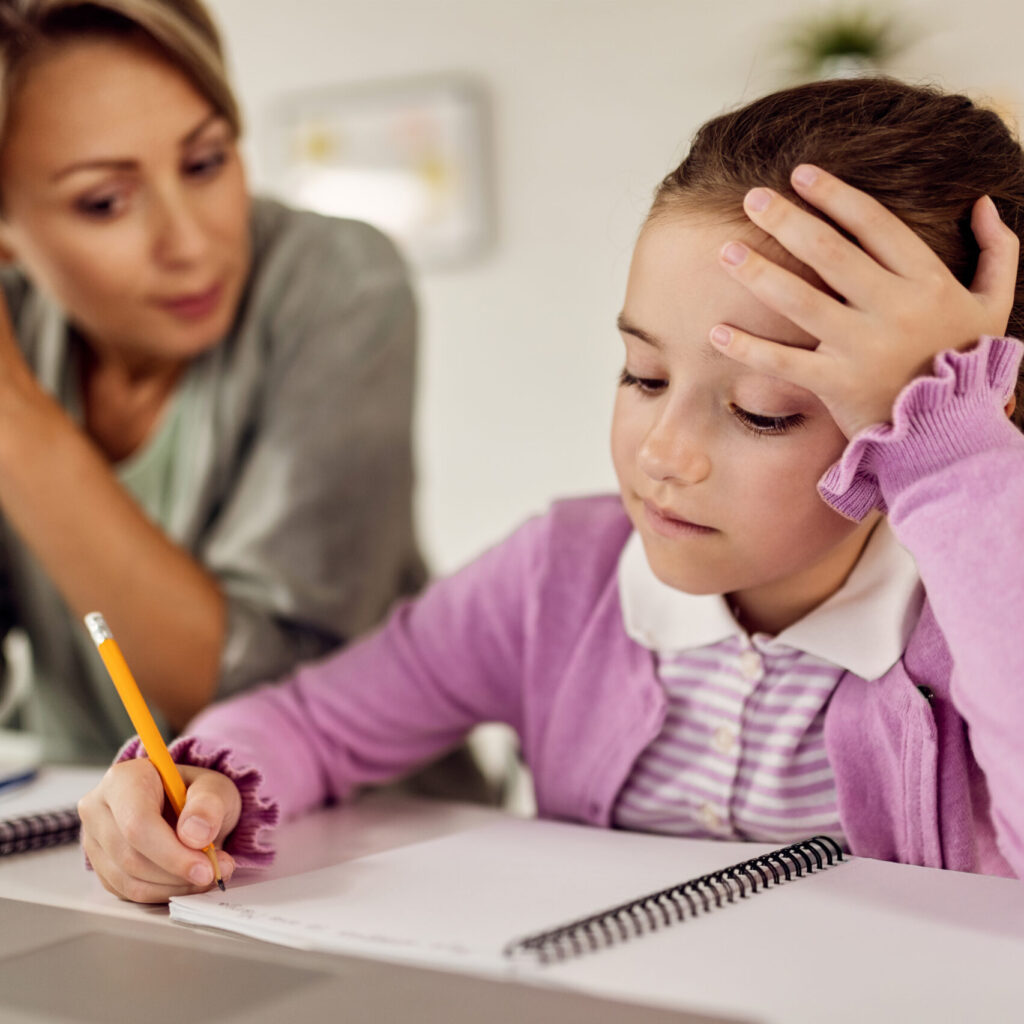Dysgraphia
Dysgraphia is a specific learning disorder that impacts a person’s ability to write. Writing challenges can be related to poor handwriting, poor spelling, and/or difficulty composing one’s thoughts on the page. Dysgraphia can be associated with weak fine motor skills. Children with Dysgraphia may write more slowly than their peers which impacts how they express themselves through writing.
Children with Dysgraphia often develop low academic self-confidence and academic anxiety, especially as they begin to recognize their learning differences. Diagnostic evaluations not only help the parents and teachers of a child with Dysgraphia better characterize that child’s academic difficulties, but they also can help the child more clearly and accurately understand their own personal strengths. Diagnosis of Dysgraphia requires a qualified professional to gather information about the child, their behavior, and environment. Dysgraphia evaluations include a combination of in-office testing procedures; questionnaires completed by parents, teachers, and children; and clinical observations. In-office, norm-referenced tests of a child’s spelling and writing capacities can help parents and teachers understand how impacted a child’s writing skills are relative to others their age.
The type, duration, and frequency of supports will vary depending on each child and the severity of their Dysgraphia. Evidence-based supports can include school-based Individualized Education Programs (IEPs) or 504 Plans. Outside tutoring and/or academic summer camps may be beneficial. Regardless of delivery in or outside of the school, explicit instruction in writing mechanics is essential. Fine motor accommodations like pencil grips, graph paper, and paper with raised lines can be helpful when coupled with other general accommodations, such as extra time on tests and speech-to-text software. When children simultaneously demonstrate low academic self-esteem or anxiety around writing, therapy with a trained mental health professional may help children better understand, express, and cope with their feelings.
Other posts about Dysgraphia and other specific learning disorders can be found on the WCP blog.

